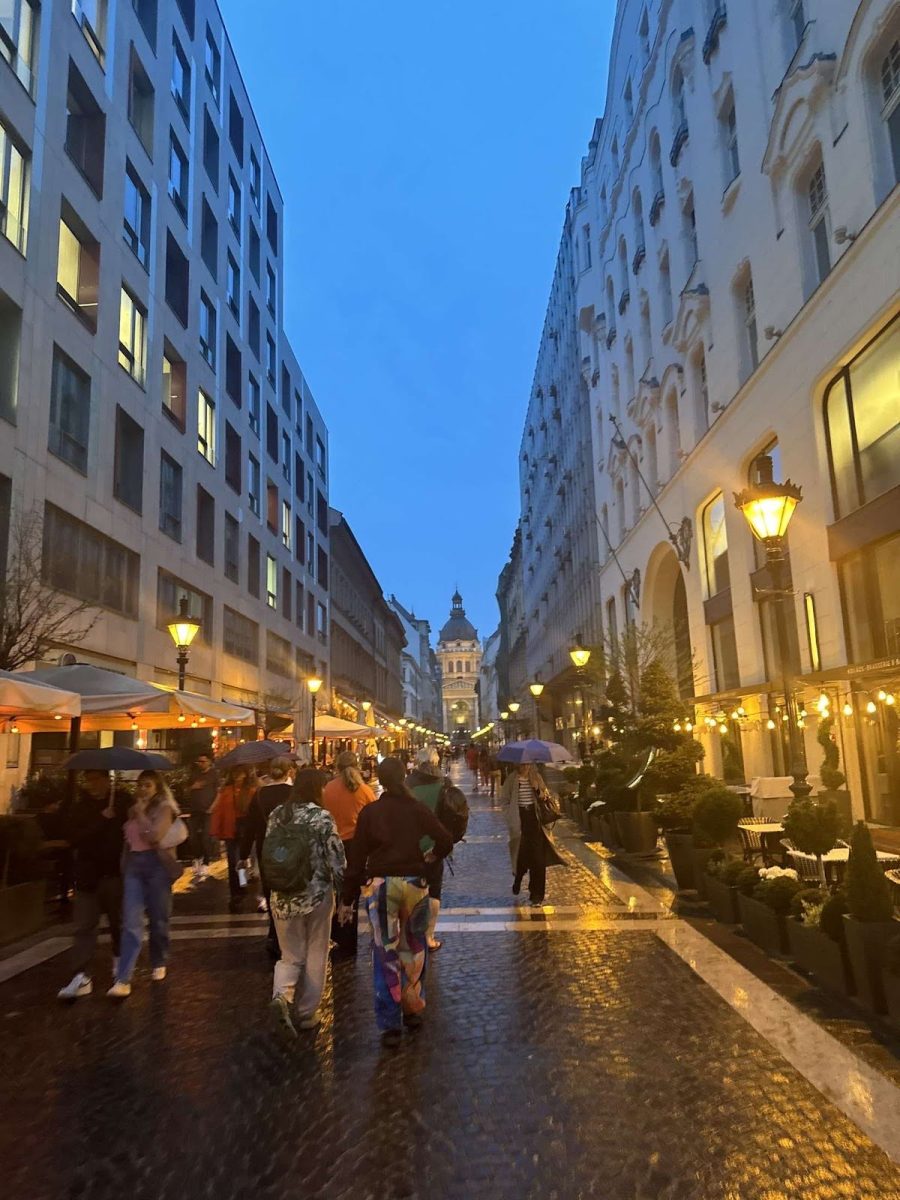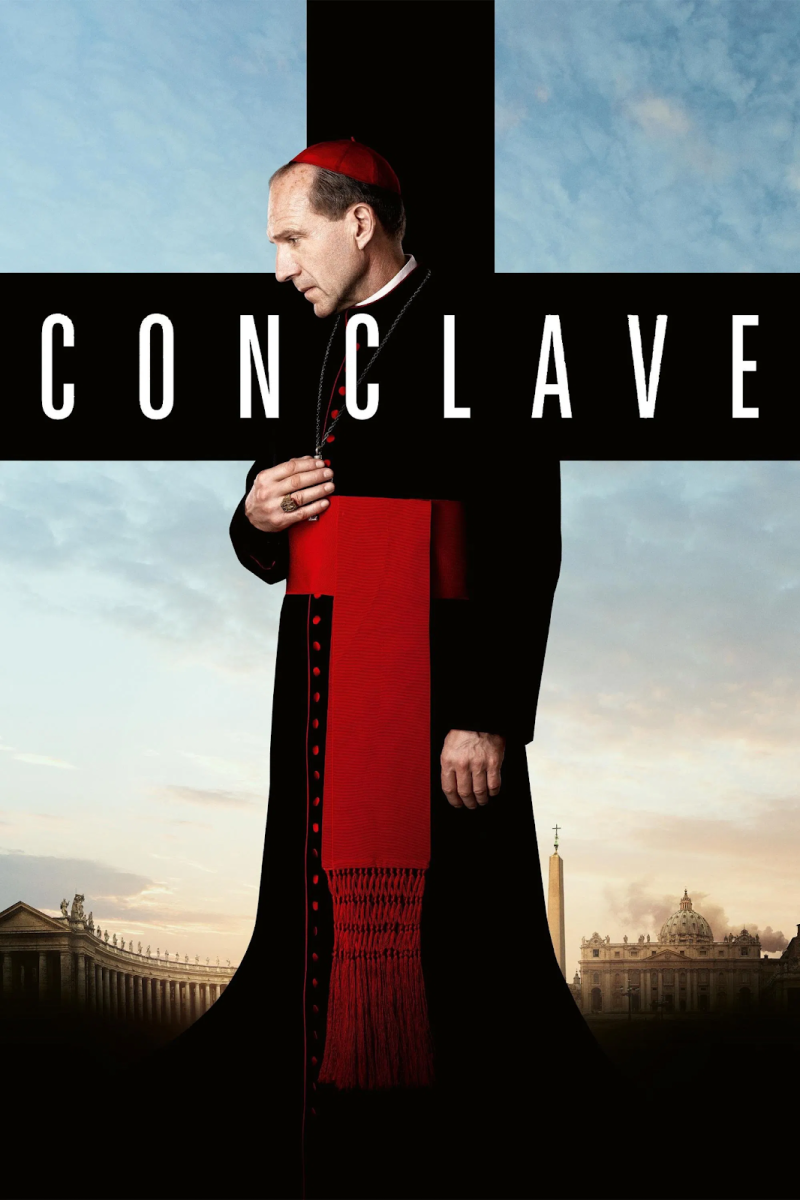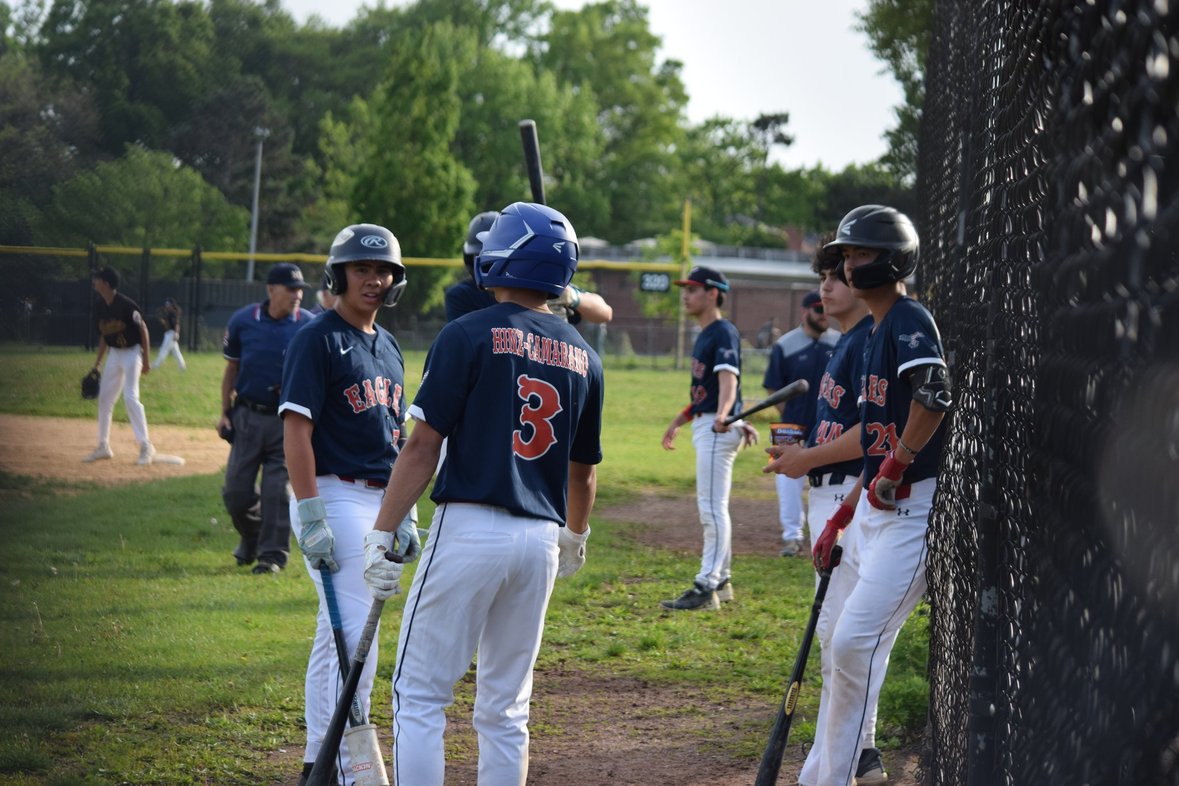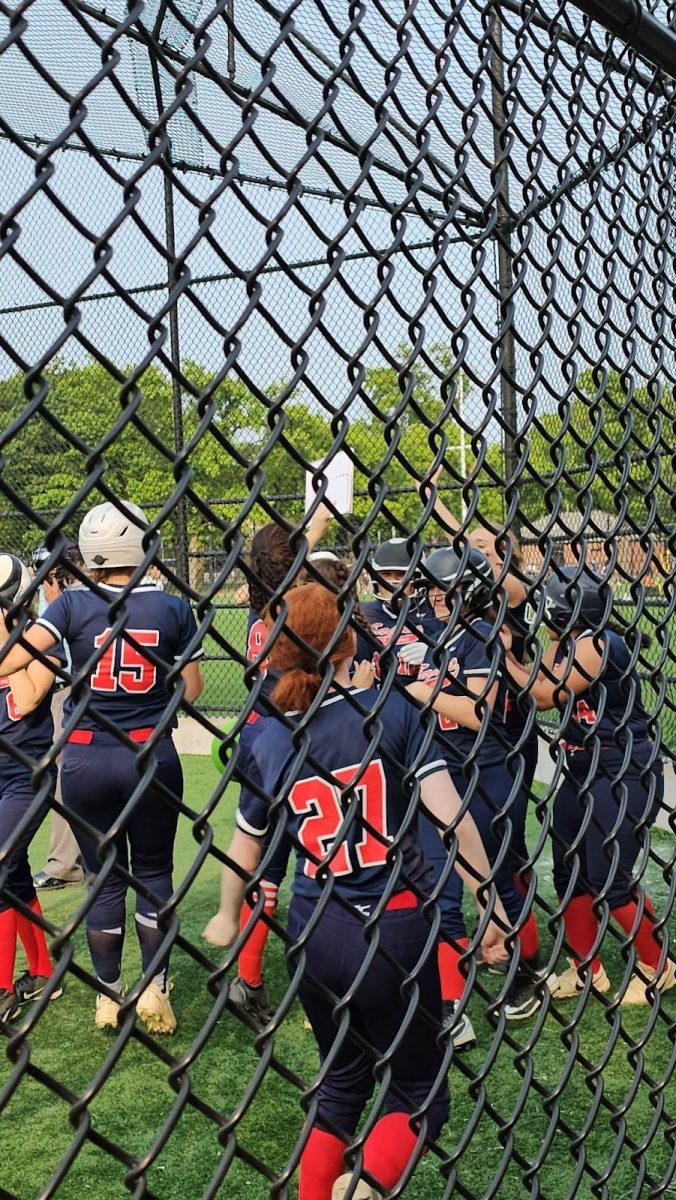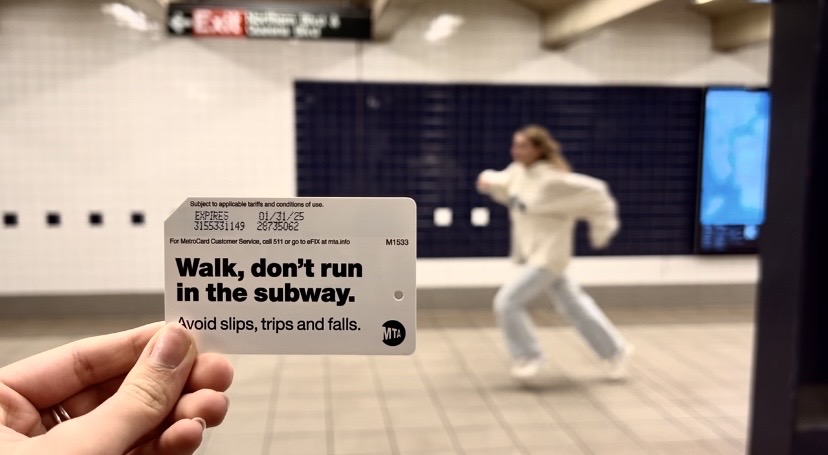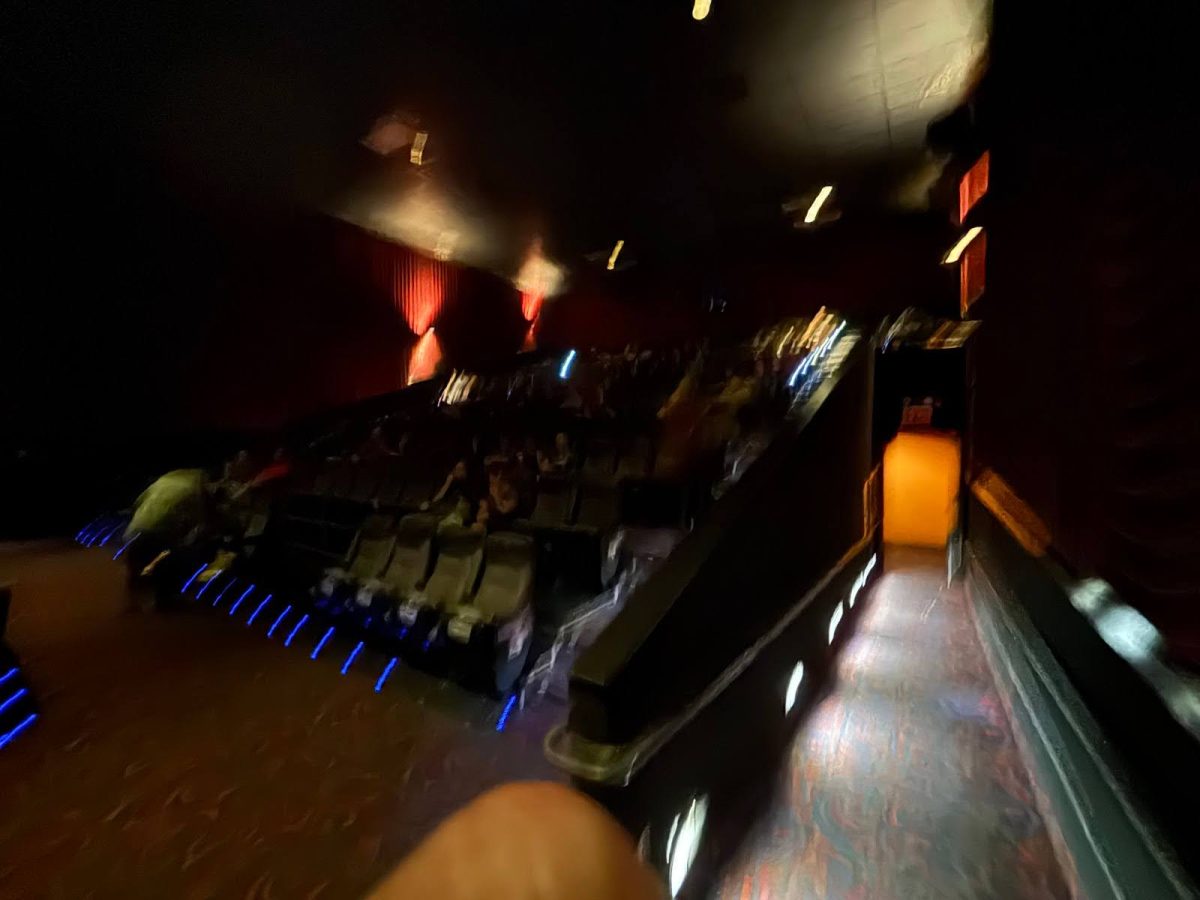Conclave, directed by Edward Berger, was released on October 25, 2024, just 6 months before the death of Pope Francis at age 88. The political thriller, adapted from Robert Harris’ 2016 novel, is about the process of a papal election, or conclave, behind the locked doors of the Sistine Chapel in Vatican City. One hundred and eighteen cardinals from all over the world, while holy men, still get consumed by ambition and factionalism as the top candidates vie for the most important position in the Catholic Church. The astonishingly realistic set design and incredible acting by the entire cast make you feel like you’re right there at one of the most secretive events in Church history.
The film follows Cardinal Lawrence, played by Ralph Fiennes, who is tasked with running the conclave as dean after the pope’s death. While grappling with a personal crisis of faith and doubt, he uncovers corruption and scandal among the leading papal contenders. Although there were interesting twists and turns in this movie, I found the first half to be a bit slow on a first watch—things only really pick up when the mysteries and plot twists begin to unravel in the second half.
Where I believe the film truly excels is in its set design, cinematography, and lighting. The replica of the Sistine Chapel—with its marble floors, intricate columns, detailed frescoes, and towering walls—creates an immersive, visually stunning experience. Its warm and bright lighting heavily contrasted the cool, harsh lighting of the Casa Santa Maria, which served as the cardinals’ quarters between voting sessions. It felt almost prison-like, with the grey hallways and small square windows in each bright red doorway. The cinematography added to that feeling too, such as in a scene where the cardinals are officially sequestered and the camera captures Cardinal Lawrence (Fiennes) through a gate as he walks away.
The film is full of creative camera angles that help you take in the scenery and close-up shots of objects that highlight interesting details. But what stood out most to me was the acting. My only critique in my first watch of the film was the long, silent pauses. But I realized on my second watch that when the movie is silent, the actors convey so much through their characters’ subtle mannerisms and facial expressions that it makes the silence feel meaningful and more fun to watch.
This film was made even more enjoyable to watch as the most recent conclave occurred just last week, with Pope Leo XIV being elected. It makes you wonder if the plot of the film, revolving around corruption, scandal, and conflict over differing views for the church’s future, could reflect what went on in this year’s conclave. However, the film also gives us hope, as although there was such animosity during the election process between traditionalists and liberals, the kind and wise Cardinal Benitez (Carlos Diehz) was ultimately elected. We are left with his message to refrain from hateful conflicts within the church and focus on personal growth as the first step towards meaningful reform. I look forward to finding out if Pope Leo XIV will prove to be just as insightful and level headed as he begins his papacy.
